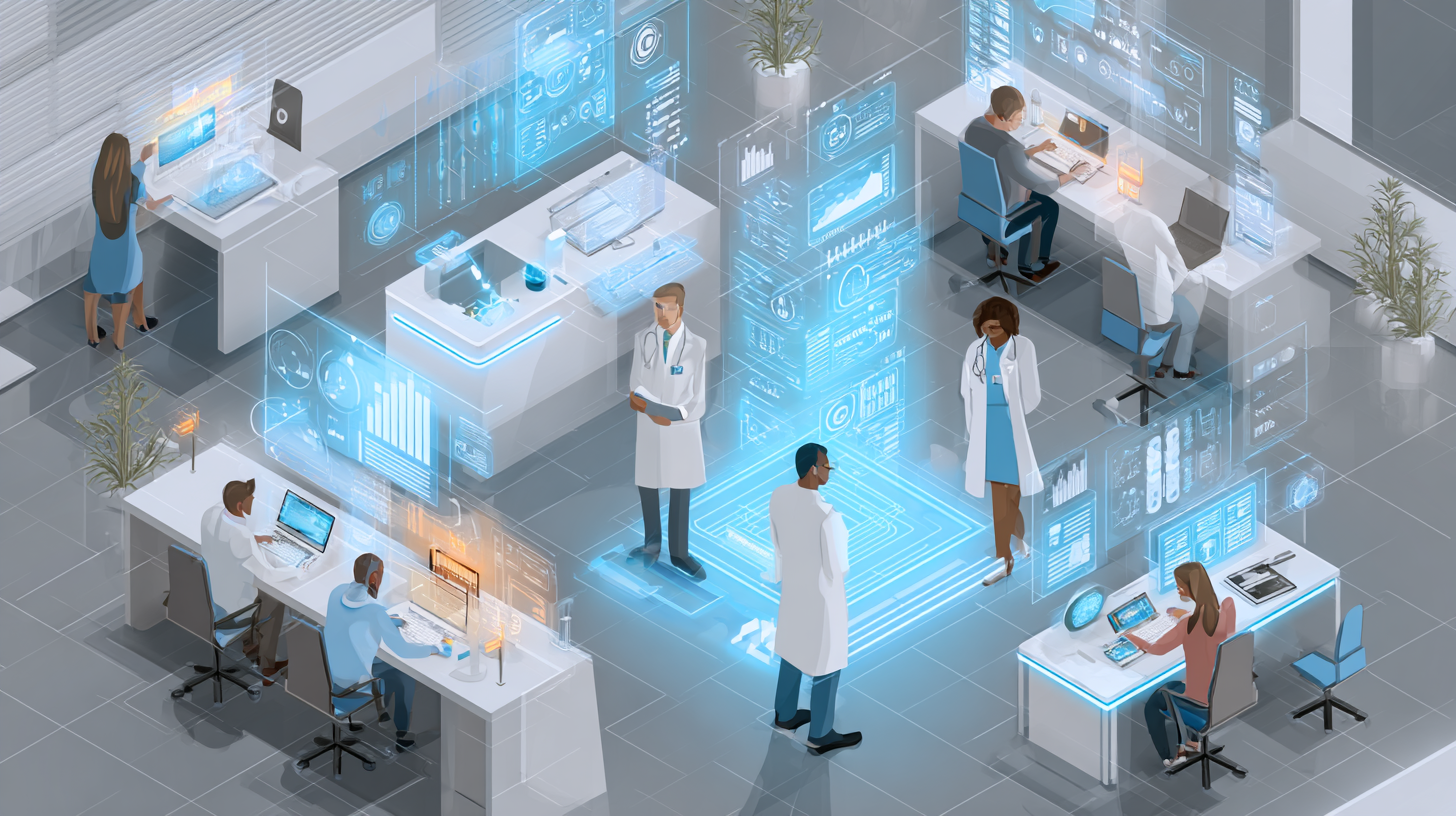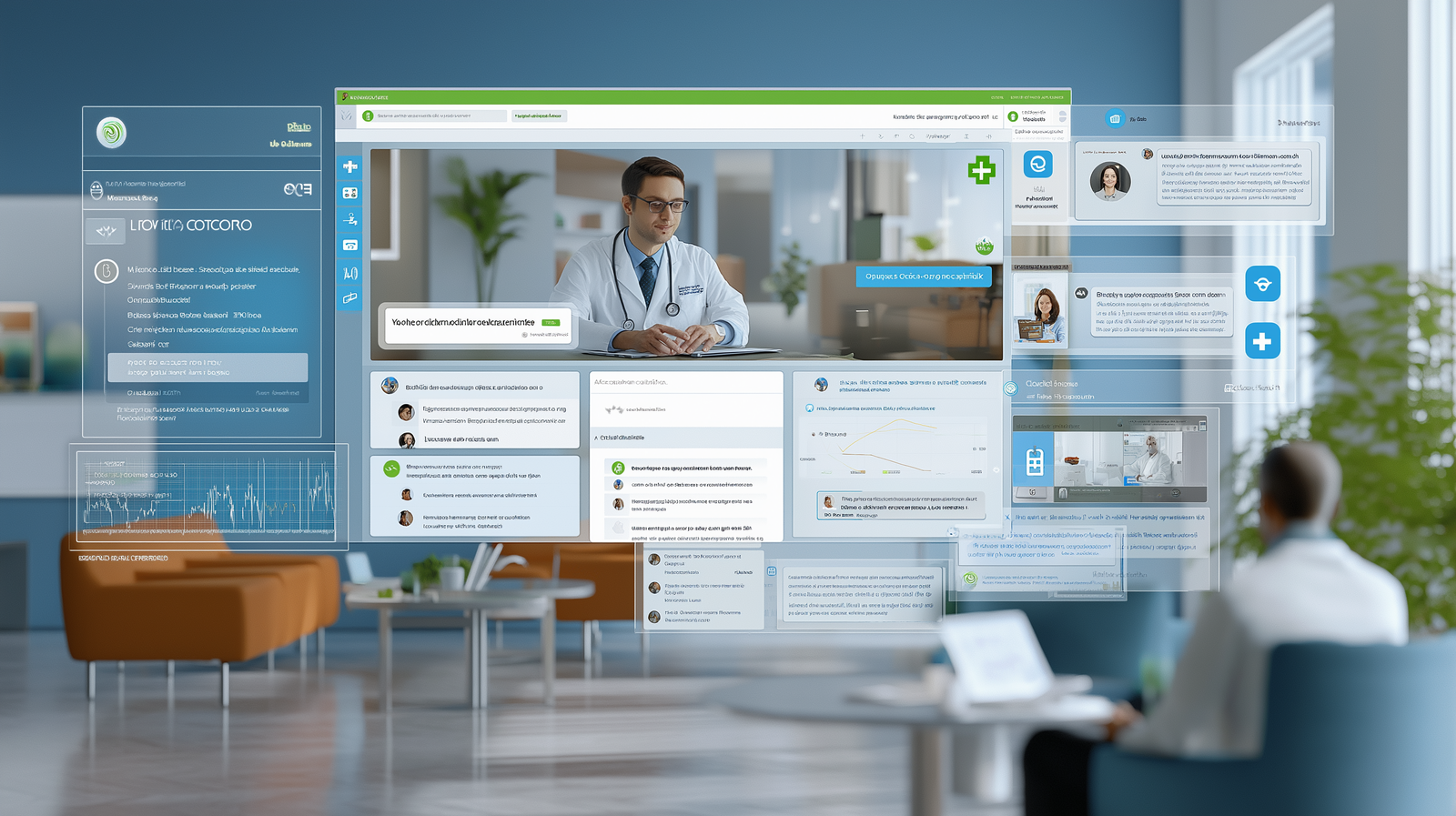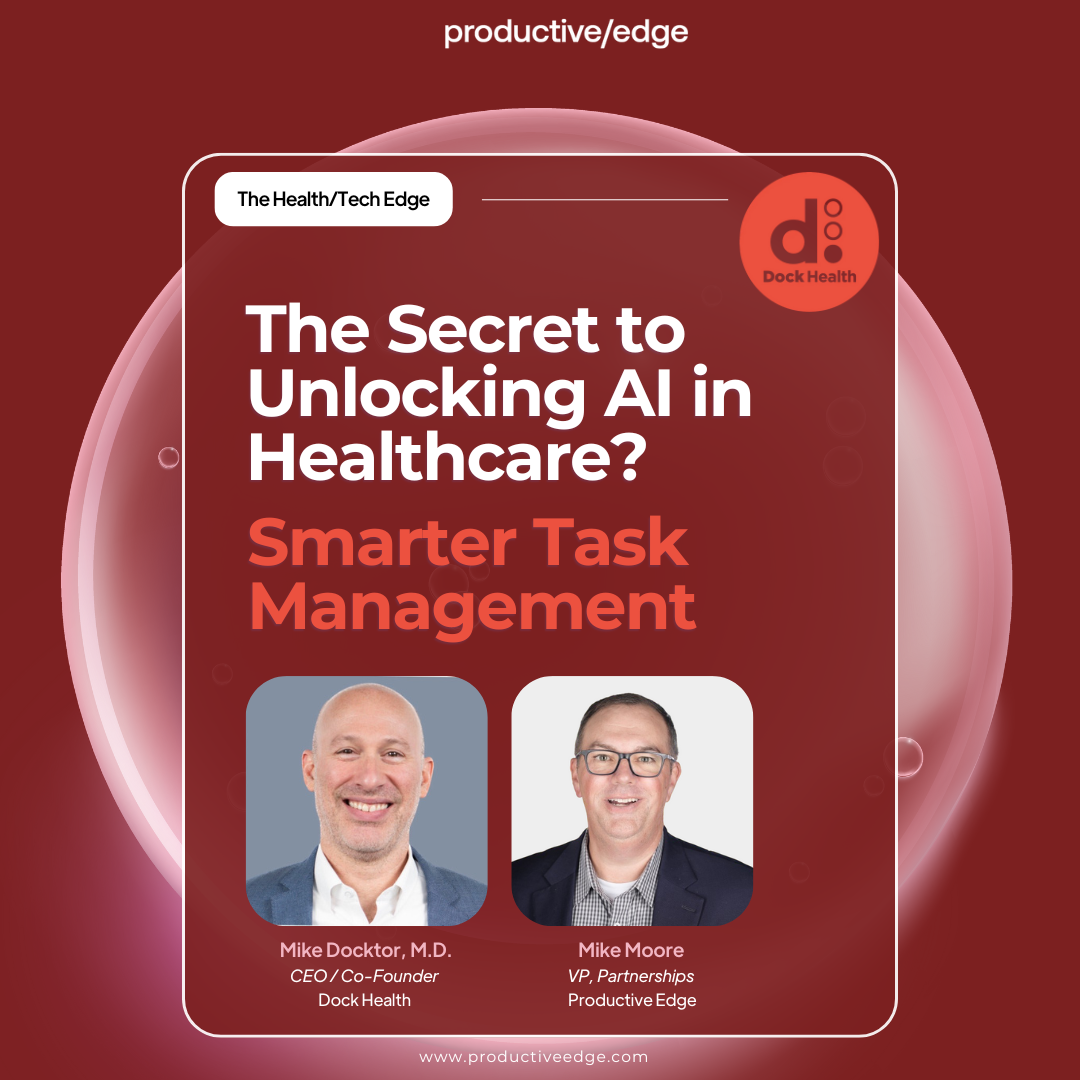
From Readiness to Results: 3 Key Conversations on AI in Healthcare
AI is everywhere in healthcare conversations, but the real challenge isn’t whether to use it — it’s how to use it well. At Productive Edge, we focus on making AI work in real healthcare environments. That means starting with workflows,...

Turning Innovation into Impact: How Orlando Health Is Making AI Work for Patients

ROI or Bust: How to Measure the Real Value of AI in Healthcare

Azure Data Lake Best Practices for Healthcare Leaders

Podcast / AI Task Management
The Secret to Unlocking AI in Healthcare? Smarter Task Management
Watch Video

Podcast / AI & Data
From Data to Action: Building Healthcare AI Agents with Snowflake
Watch Video

Podcast / AI Governance
Governance, Compliance, and Risk for Healthcare AI Agents
Watch Video

How Agentic AI is Changing Care Management

May 2025 CMS Policy Updates: What Payers and Providers Need to Know

Fixing Prior Authorization: What the New CMS and HHS Pledge Means

Using the Quintuple Aim to Shape an Effective AI Strategy in Healthcare

A Welcome Push Forward on Health Engagement

